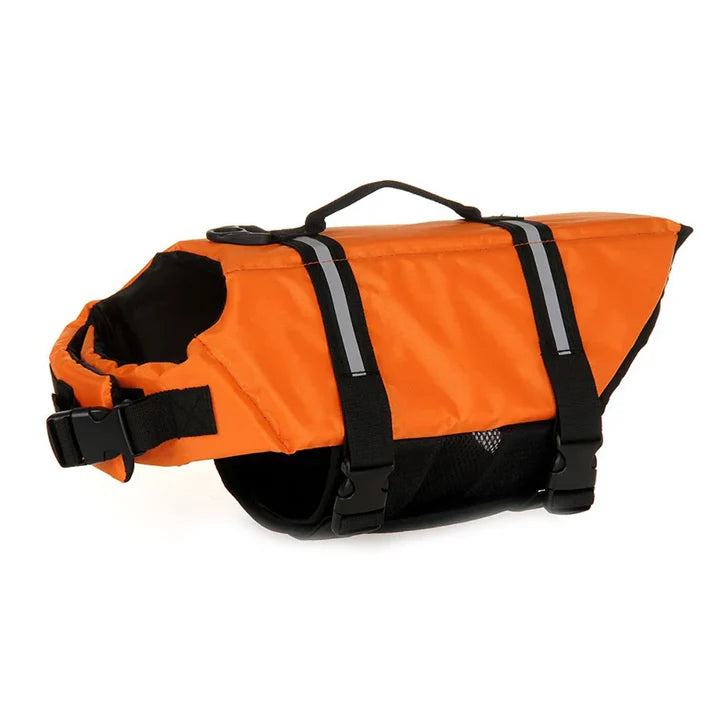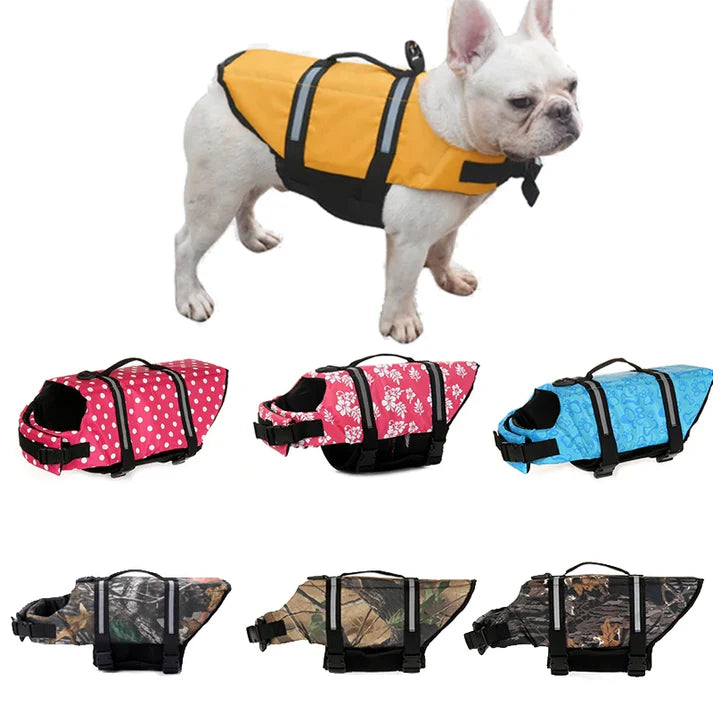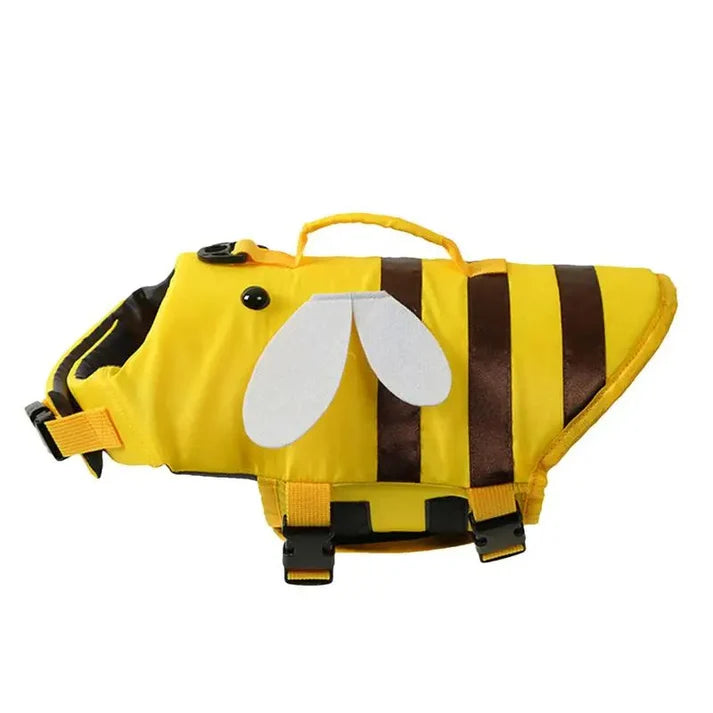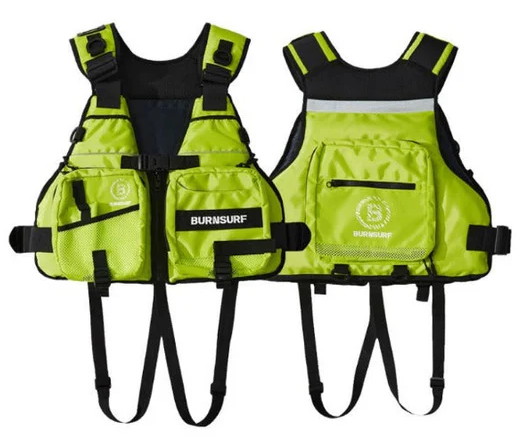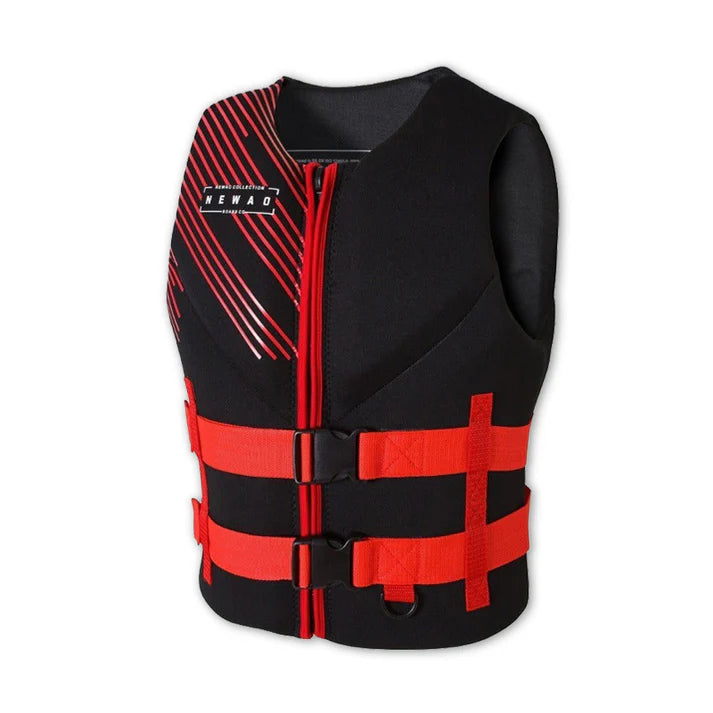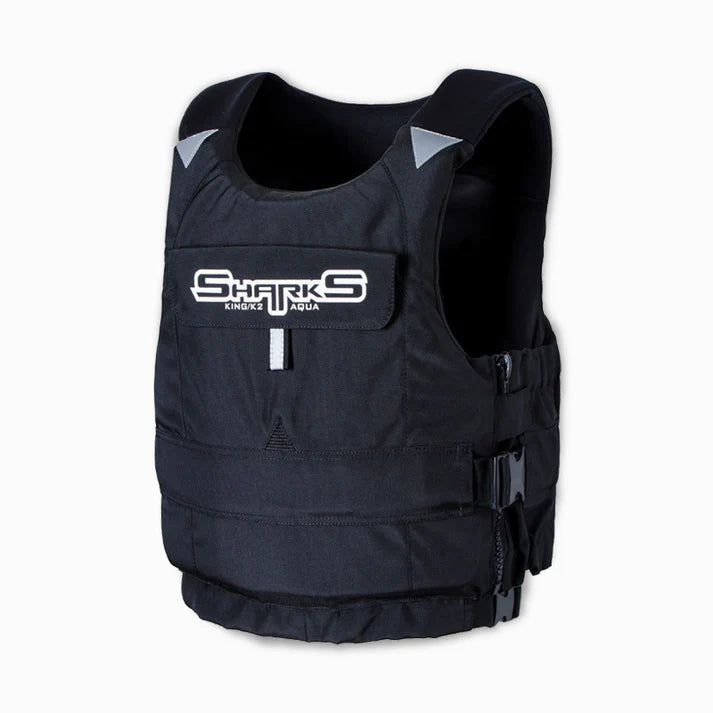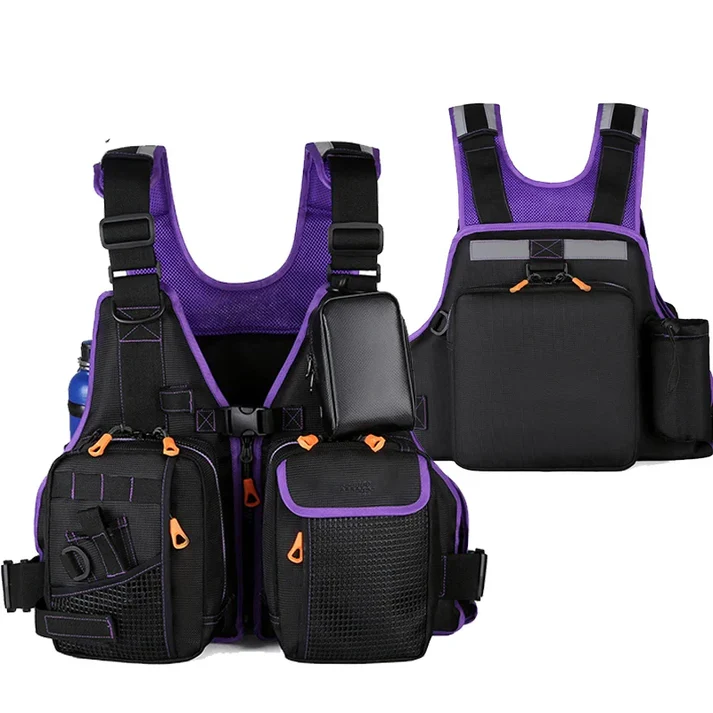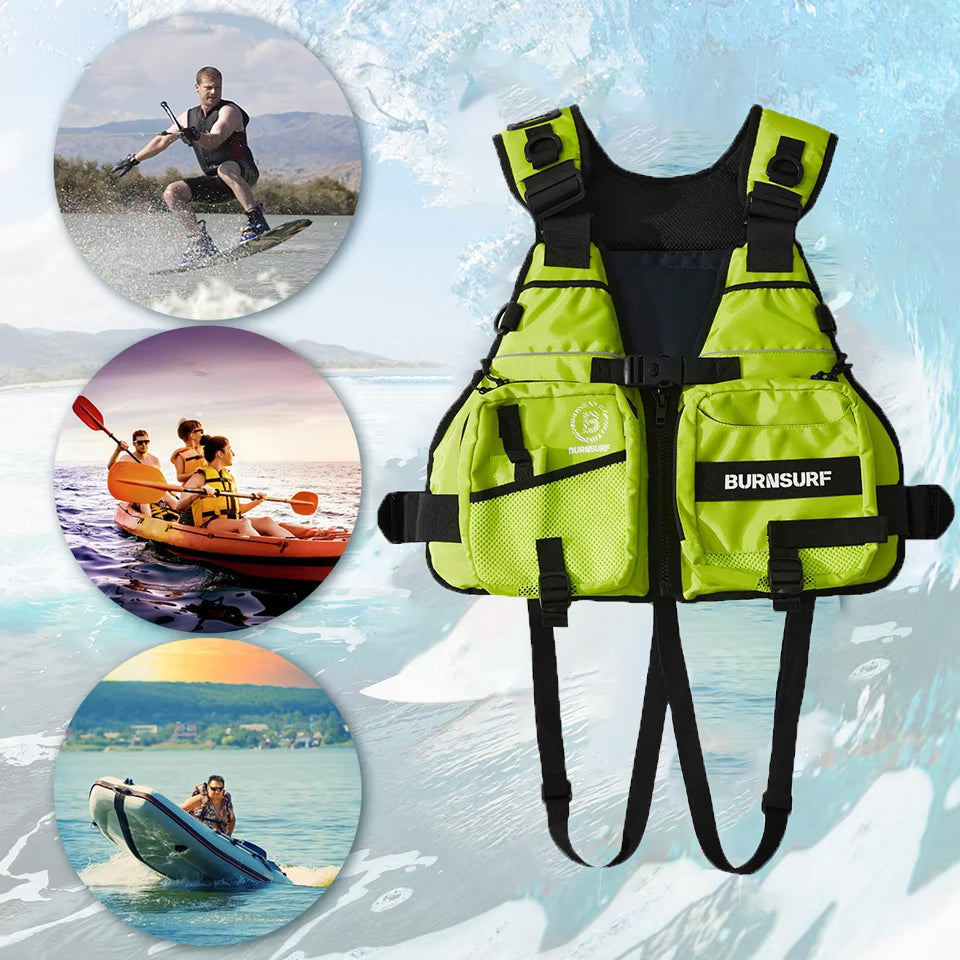The Magic of Neoprene
When you think of water sports, you might picture surfers riding the waves or divers exploring underwater worlds. But behind these thrilling activities lies a crucial element: neoprene. This remarkable synthetic rubber is the backbone of wetsuits and life jackets, providing comfort, insulation, and safety. Let’s dive into how neoprene is transformed into these essential pieces of gear.
What is Neoprene?
Neoprene, developed in the 1930s, is a type of synthetic rubber known for its durability and flexibility. Its unique properties—such as resistance to water, UV rays, and chemicals—make it an ideal material for aquatic environments. Whether you’re surfing, kayaking, or simply enjoying a day on the water, neoprene plays a vital role in keeping you safe and comfortable.
Crafting Wetsuits
1. Selecting the Right Neoprene:
The journey begins with choosing high-quality neoprene. Wetsuits come in various thicknesses; thicker neoprene provides more insulation, while thinner options offer greater flexibility for movement.
2. Designing and Cutting:
Next, skilled designers create patterns that ensure a snug fit. The neoprene is cut into panels based on these designs, ensuring minimal water entry and maximum insulation. A well-fitted wetsuit keeps the body warm by trapping a thin layer of water between the suit and the skin.
3. Seaming Techniques:
The panels are then stitched together using various techniques. Flatlock stitching is common for durability and comfort, while blind stitching minimizes water seepage, making the suit more efficient in cold waters.
4. Adding Features:
Wetsuits often come with additional features like zippers, seals, and linings. These elements enhance functionality, making it easier to put on and providing extra warmth and comfort during use.
5. Quality Control:
Finally, each wetsuit undergoes rigorous testing to ensure it meets safety and performance standards. This includes checking for water resistance and overall fit, ensuring that every suit is ready for action.
Crafting Life Jackets


1. Material Selection:
Life jackets often combine neoprene with buoyant materials like foam. This combination ensures comfort while providing the necessary flotation to keep users safe in water.
2. Designing and Cutting:
Similar to wetsuits, life jackets are designed for a comfortable fit that allows for freedom of movement. Neoprene panels are cut and shaped to form the body of the jacket, ensuring a snug yet comfortable fit.
3. Assembly:
The panels are sewn together using strong stitching techniques to withstand wear and tear. The flexibility of neoprene allows for a snug fit that doesn’t restrict movement, which is essential in emergency situations.
4. Incorporating Buoyancy Aids:
Foam inserts are strategically placed within the life jacket to ensure it meets buoyancy requirements. These inserts provide maximum flotation, keeping the wearer safe while allowing for mobility.
5. Final Touches:
Adjustable straps, reflective strips, and pockets are added for safety and convenience. Each life jacket is tested for buoyancy and durability, ensuring it will perform when needed most.
Conclusion
Neoprene’s unique properties make it an essential material in crafting wetsuits and life jackets. Its ability to provide insulation, flexibility, and buoyancy ensures that water enthusiasts can enjoy their activities safely and comfortably. As technology continues to advance, so too will the designs and manufacturing processes of neoprene products, making them even more effective for aquatic adventures.
So, the next time you slip into a wetsuit or fasten a life jacket, remember the incredible journey of neoprene that keeps you safe and comfortable on the water!
Feel free to adjust any sections or let me know if you need more information!





